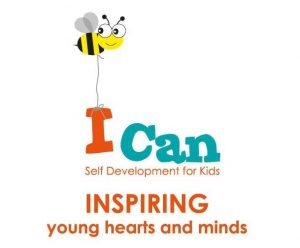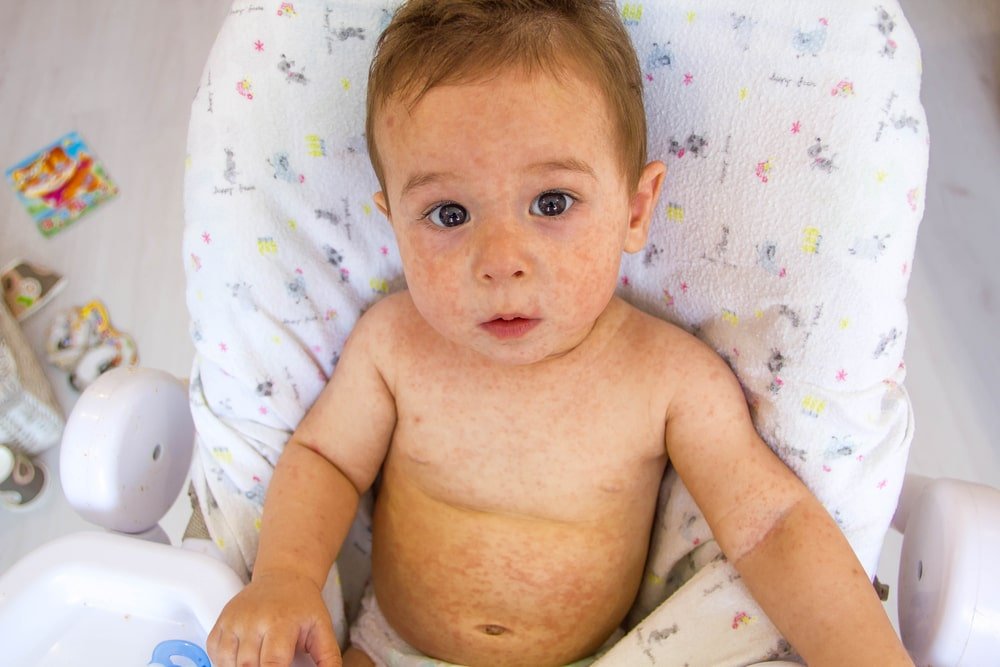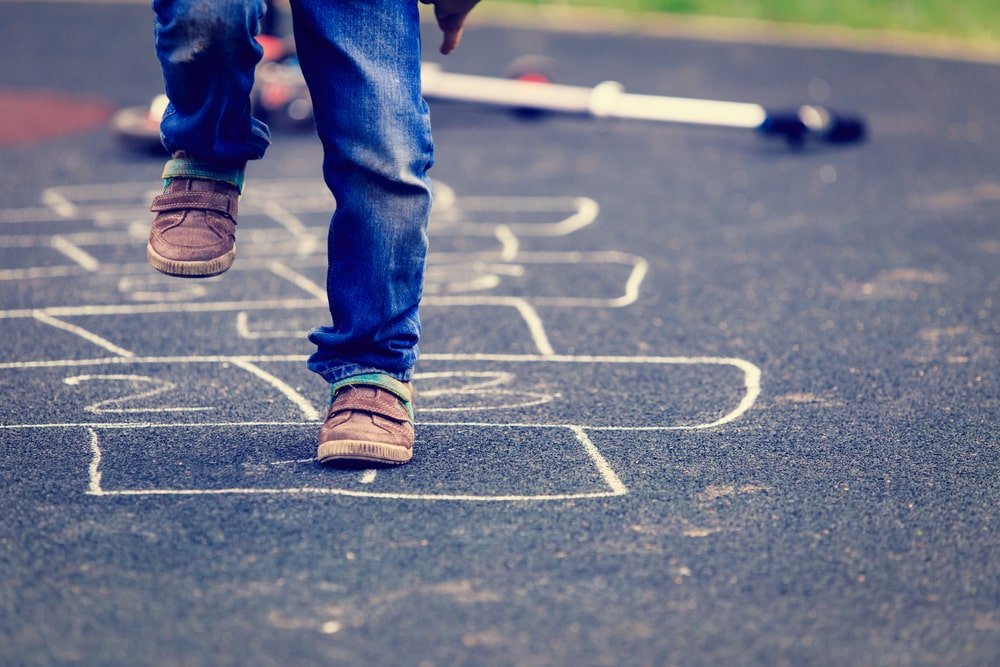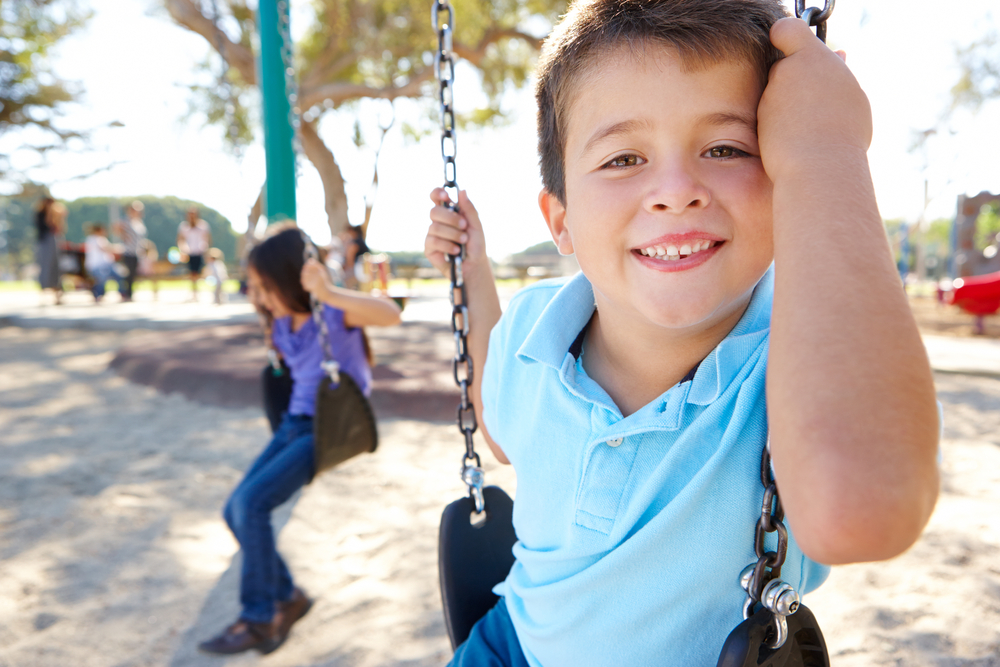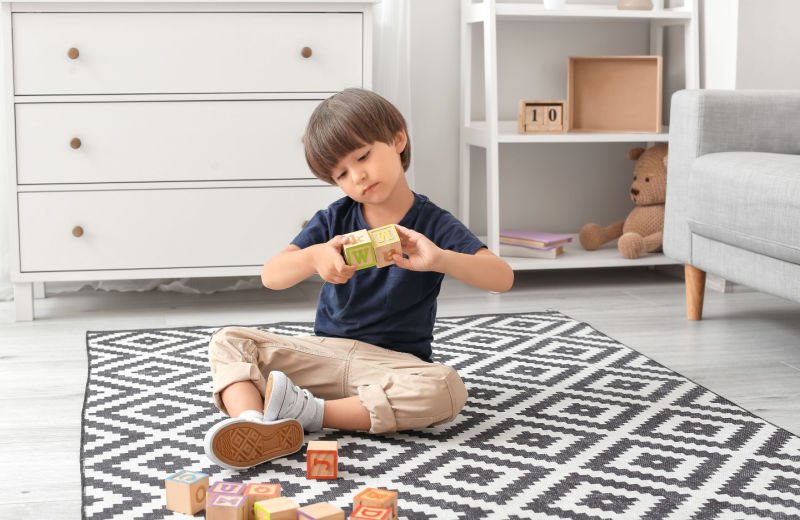Toddlers 24-36 Months
How to deal with child's emotions during difficult times
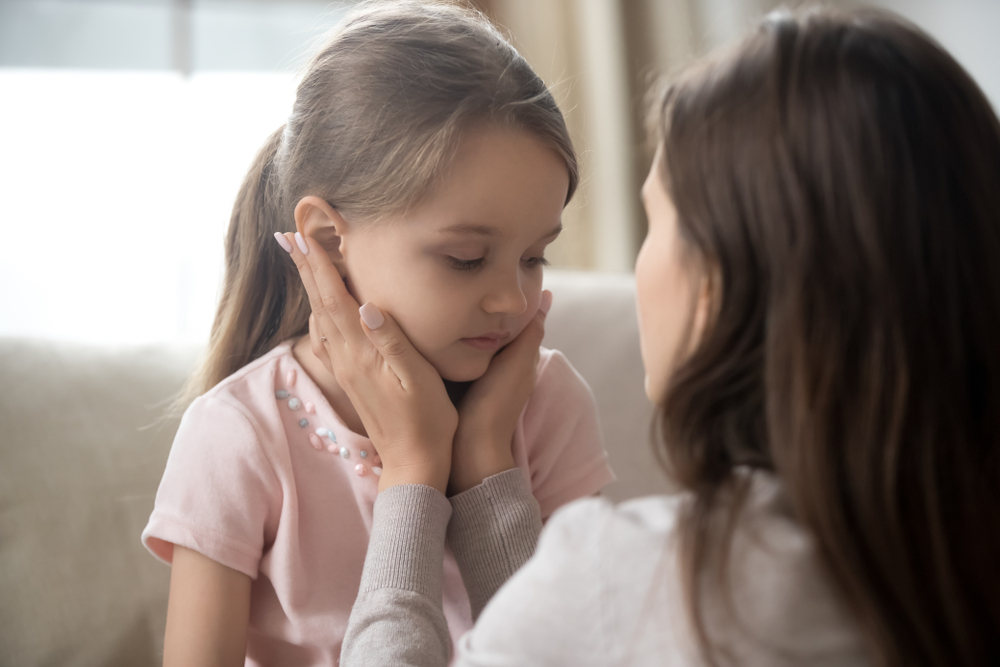
It was a beautiful summer morning when I boarded the plane last year to go on a summer holiday with my family.
And despite being a little stressed out from all the packing and the rush to get to the airport, I was also full of excitement to finally take a break from my work and daily routine.
When I finally settled into my seat and the captain announced we were about to take off, my thoughts wandered off to all the fun things awaiting us upon arrival at our destination.
Suddenly, the airplane started to shake from turbulence; at first it was no big deal but after five minutes of continuous turbulence I began to panic.
My eyes anxiously searched for the cabin crew, relieved only after I saw them going about their routines normally, with calm faces and a relaxed stance.
That’s when I sank into my seat again, grabbed my book and drifted off into its own space.
With everyone stuck at home and emotions running high, our kids look up to us for emotional regulation and reassurance, just like I sought that from the cabin.
If children see our anxiety and fear, they too will express anxiety and fear. But if they see calm and composure, they too will express that.
The truth is, even if we try to hide our feelings, our kids will see right through that too because as humans, how we think and feel can never be concealed within our bodies. It always shows.
That’s why it’s time to go back to basics. It’s time to invest in ourselves and take this time to re-educate ourselves and our children on how to recognize and manage our emotions.
One of my biggest mentors, Dr. Joe Dispenza, says: “Just as thoughts are the language of the brain, feelings are the language of the body.”
When thoughts and feelings come together, we get emotions, and emotions have names: happy, sad, bored, excited, angry, embarrassed, calm, anxious, afraid, annoyed, focused, confident, jealous, depressed, and so on.
So, consider this little equation:
Thought + Feeling = Emotion
Accordingly, logic says that in order to change the emotion, you can either change the thought (the language of the brain) or you can change the feeling (the language of the body). Simple, right?
To be able to shift your or your child’s emotions during this lockdown or during any difficult anytime, you need to either focus on changing your thought/s (or help them change their thought/s) or on changing your feeling (or help them change their feelings). Let’s take the emotion of fear as an example.
Shifting your thoughts
Ask yourself what your thoughts are regarding this situation?
Are they real?
Are they important?
Are they useful?
Are they something you can control?
Are they a choice?
What do you want?
What would it look like?
What are you doing to get it?
What’s stopping you from getting it?
How can you overcome that?
What are your next steps?
Who can support you with this?
You can use this simple process to shift any type of thought.
And remember, if you control your thoughts you can control your emotions.
Try to focus your thoughts on what you have instead of what you don’t have, what you can control instead of what you can’t control and, on your present, instead of the unchanged past or unpredictable future.
In the next article, we will talk about the second half of the formula: shifting your feelings.
For more information, contact “I Can Self Development for Kids.” Our coaches will be happy to answer your questions.

